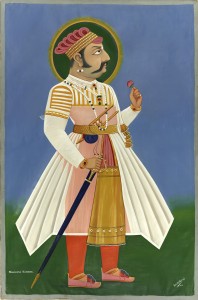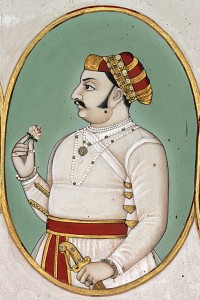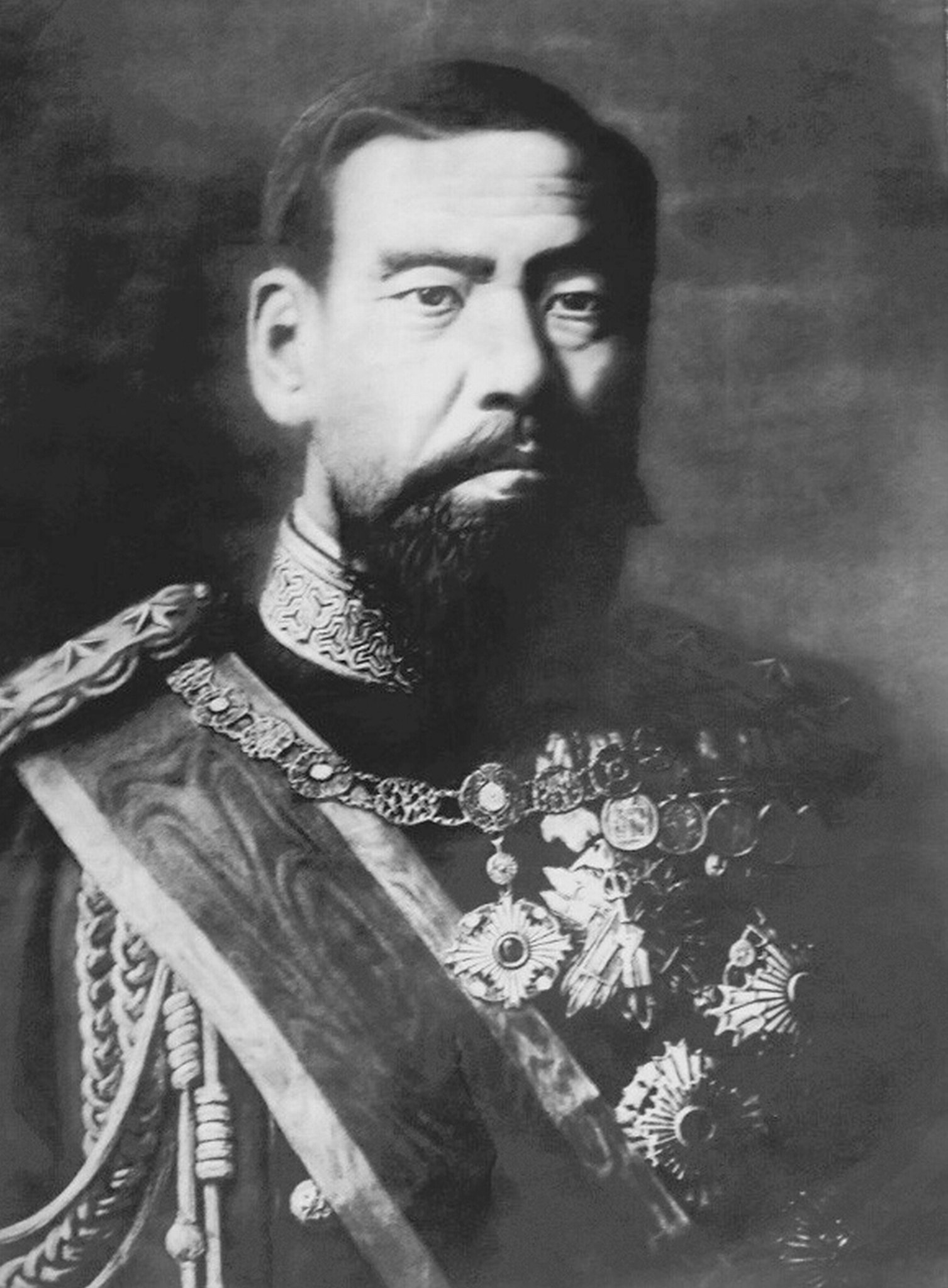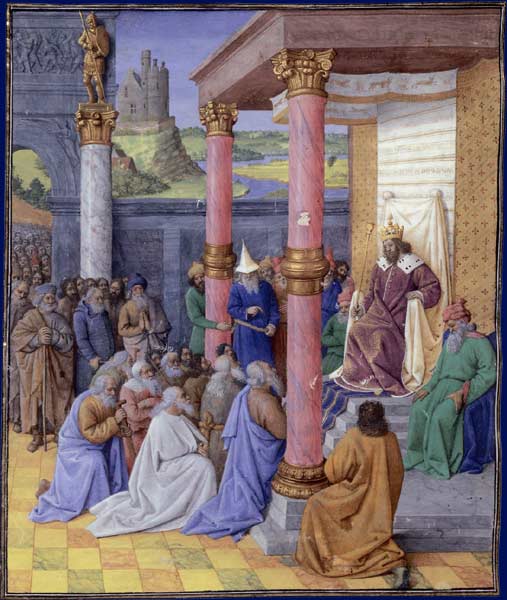Maharana Kumbha or Rana Kumbha was the ruler of Mewar, between 1433 AD and 1468 AD. Rana Khumbha belongs to Sisodia clan of Rajput. Maharana Kumbha was son of Rana Mokal of Mewar and his wife Sobhagya Devi. When All India was under the Rule of Muslims, The Rajput King Rana Kumbha stood and held the Hindu Flag; at that time Mewar was the only major state which was Independent.
It is said that Maharana Kumbha was the most powerful ruler, culture loving, an art of loving, an idol ruler, writer and a king who has never lost any battle.
History of Maharana Kumbha:
After being overrun by the army of Alauddin khilji at the turn of 13th century, Mewar had become insignificant. Rana Hammira is created with the casting off Muslims Yoke and establishing the second Guhila dynasty of the Chittor in 1355. Rana Hammira’s Grandson, Maharana Mokal was assassinated by the 2 borthers – Chacha and Mera in 1433. Lack of any support, however, Mera and Chacha to flee and Rana Kumbha ascended the throne of the Mewar. Rana Kumbha was ably assisted by the Ranamalla (Ranamalla) Rathore of Mandore.
In November 1442, Sultan of Malwa, Mahmud Khalji (khilji), commenced a series of attacks on the Mewar. After capturing Pangarh, Chaumuha and Machhindargarh, the Sultan camped for the rainy season. On April 26, 1443, Rana Kumbha attacked the Sultan's and he had to return in Mandu. The sultan again attacked in November 1443, and captured the kingdoms near to Mewar but didn’t attack Mewar for another 10 years. In order to commemorate his victory over the combined army of Malwa and Gujarat in 1440 AD Rana Kumbha erected Vijay stambha.
The ruler of Gujarat, Ahmad Shah and the ruler of Delhi, Muhammad Shah also cooperated with Rana Kumbha to combat the Mahmud Khalji.
Rana Kumbha was the first Hindu ruler to be given this accolade by Muslim Sultans.
The ruler of Nagaur, Firoz (Firuz) khan, died around 1453- 1454. His son shams Khan initially sought help of Maharana Kumbha against his own uncle Mujahid khan, who has usurped the throne. Shams Khan, refused to weaken his defences. Rana Kumbha angered by this and captured Khasii, Khandela Nagaur and Sakambhari in 1456.
Maharana Kumbha was able to defeat his kingdom against the attack of Qutb-Ud-din-Aibak and Mahmud Khijli and Rao Jodha.
Rana Kumbha built 32 fortresses that formed defence of the Mewar. The chief citadel of Mewar, is the fort of Kumbhalgarh, which was built by Rana Kumbha. The chief citadel of Mewar is the highest fort in Rajasthan. His achievements, however, continue to inspire successive generations.
It is said that Maharana Kumbha was the most powerful ruler, culture loving, an art of loving, an idol ruler, writer and a king who has never lost any battle.
History of Maharana Kumbha:
After being overrun by the army of Alauddin khilji at the turn of 13th century, Mewar had become insignificant. Rana Hammira is created with the casting off Muslims Yoke and establishing the second Guhila dynasty of the Chittor in 1355. Rana Hammira’s Grandson, Maharana Mokal was assassinated by the 2 borthers – Chacha and Mera in 1433. Lack of any support, however, Mera and Chacha to flee and Rana Kumbha ascended the throne of the Mewar. Rana Kumbha was ably assisted by the Ranamalla (Ranamalla) Rathore of Mandore.
In November 1442, Sultan of Malwa, Mahmud Khalji (khilji), commenced a series of attacks on the Mewar. After capturing Pangarh, Chaumuha and Machhindargarh, the Sultan camped for the rainy season. On April 26, 1443, Rana Kumbha attacked the Sultan's and he had to return in Mandu. The sultan again attacked in November 1443, and captured the kingdoms near to Mewar but didn’t attack Mewar for another 10 years. In order to commemorate his victory over the combined army of Malwa and Gujarat in 1440 AD Rana Kumbha erected Vijay stambha.
The ruler of Gujarat, Ahmad Shah and the ruler of Delhi, Muhammad Shah also cooperated with Rana Kumbha to combat the Mahmud Khalji.
Rana Kumbha was the first Hindu ruler to be given this accolade by Muslim Sultans.
The ruler of Nagaur, Firoz (Firuz) khan, died around 1453- 1454. His son shams Khan initially sought help of Maharana Kumbha against his own uncle Mujahid khan, who has usurped the throne. Shams Khan, refused to weaken his defences. Rana Kumbha angered by this and captured Khasii, Khandela Nagaur and Sakambhari in 1456.
Maharana Kumbha was able to defeat his kingdom against the attack of Qutb-Ud-din-Aibak and Mahmud Khijli and Rao Jodha.
Rana Kumbha built 32 fortresses that formed defence of the Mewar. The chief citadel of Mewar, is the fort of Kumbhalgarh, which was built by Rana Kumbha. The chief citadel of Mewar is the highest fort in Rajasthan. His achievements, however, continue to inspire successive generations.















